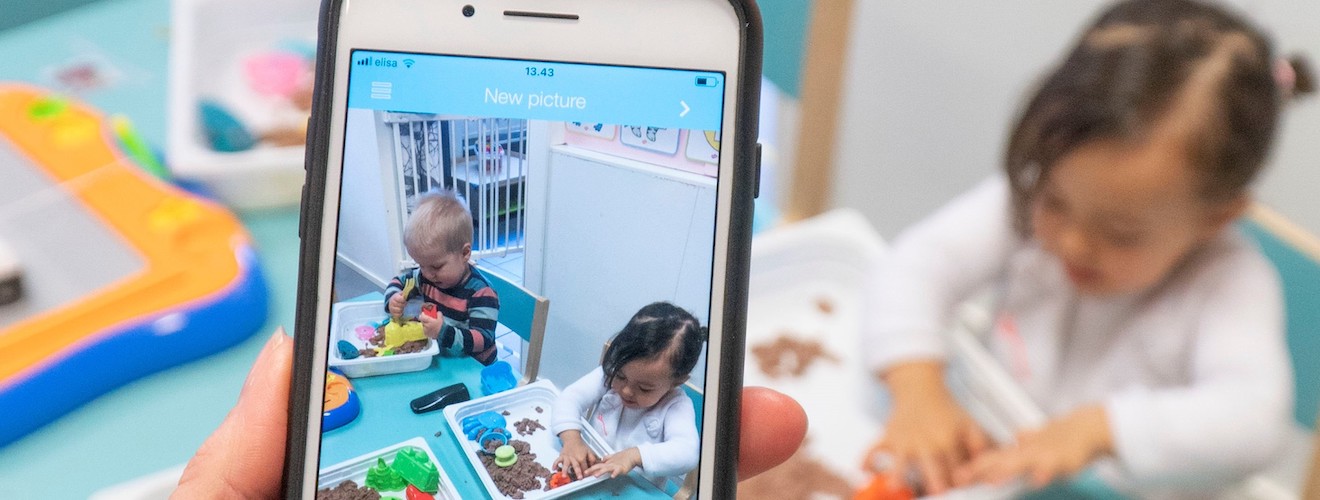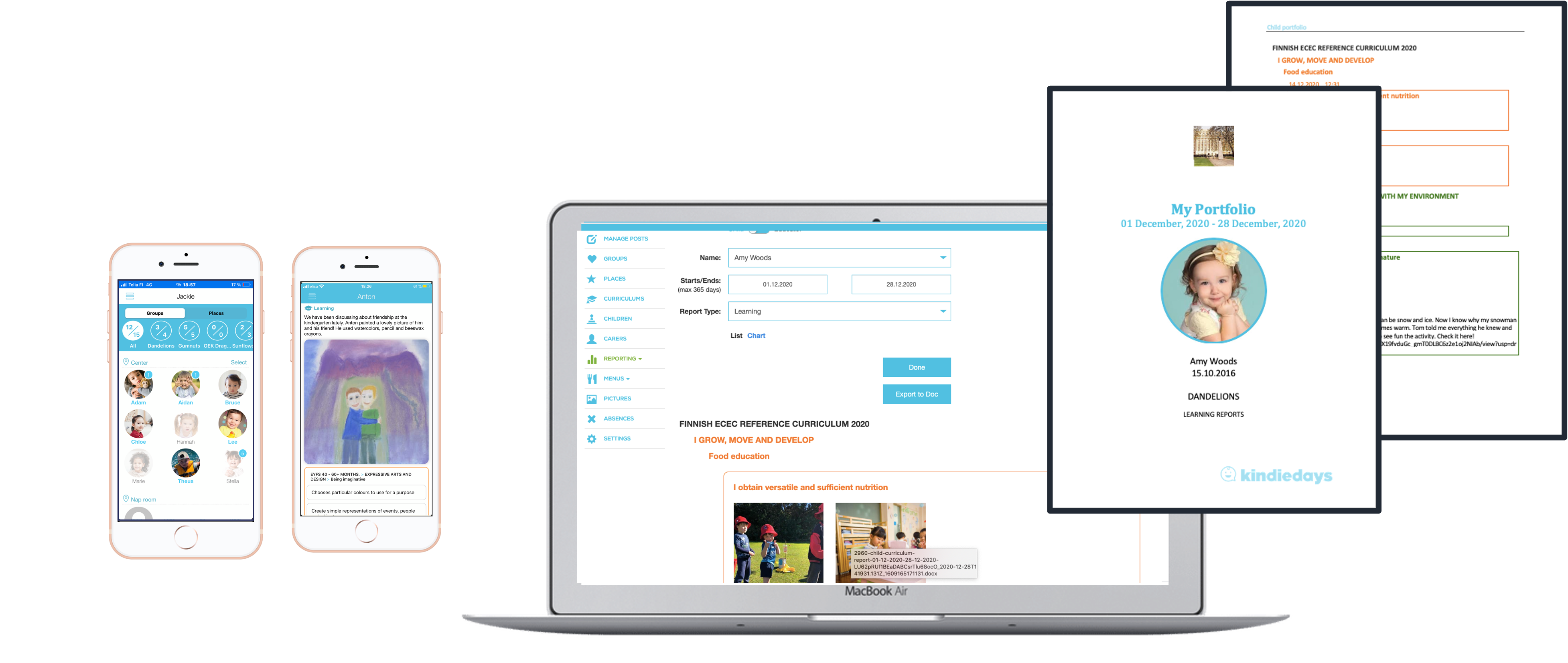A recent study in Finnish ECEC Settings explored the adoption of pedagogical documentation in Finnish early childhood settings.
Highlights from the Study:
- The research frames documentation as both process-oriented and formative, deeply aligned with the core of Finnish ECEC, supporting children's learning journeys rather than mere record-keeping (researchgate.net).
- It examines how educators balance digital tools with pedagogical principles, embedding documentation into everyday routines.
1. Implementation Strategies
Educators reported creating time-saving habits to capture learning moments without interrupting interactions:
- Embedded observation: Narrating children’s reflections narratively, directly in digital tools.
- Light Pockets: Using quick photo/video capture as part of the flow, rather than post-shift chores.
- Real-time tagging: Linking observations to learning objectives and developmental steps immediately (blog.kindiedays.com, redleafpress.org).
These strategies resonate strongly with how Kindiedays Digi tools streamline documentation in the moment.

2. The Role of Digital Platforms
The study illustrates how thoughtfully designed platforms enhance documentation by:
- Enabling real-time capture and sharing with families enhances engagement and transparency.
- Forming portfolios that chronicle a child’s progress over time is foundational for formative reflection and reporting (blog.kindiedays.com).
Still, it emphasizes the educator's role in maintaining pedagogical focus, rather than letting technology drive content.
3. Key Pedagogical Benefits
According to both the research and Kindiedays philosophy, pedagogical documentation:
- Strengthens child identity construction—from children’s statements and creative expressions.
- Fosters reflective teaching—educators adapt plans based on documented evidence.
- Invites family inclusion—builds shared understanding of each child’s experiences.
Particularly in Finland, it's grounded in cultural and policy frameworks that value documentation as a formative and democratic process.

4. Thoughtful Considerations
The study cautions that digital documentation must be intentional:
- Platforms shouldn’t just be data collection tools—they should preserve educators’ interpretive role.
- Privacy, security, and consent remain critical—educators must safeguard children's data while sharing meaningfully (researchgate.net, files.eric.ed.gov).
- Professional development is essential—educators need both technical and pedagogical skills to harness digital tools effectively.
5. How Kindiedays Digi Tools Align Perfectly
1. Flow-integrated capture: Photos, videos & notes taken “live” without pausing teaching.
2. Objective-linked tagging: Documents map directly to learning goals, supporting formative observation.
3. Instant portfolio building: Structured child portfolios emerge effortlessly over time.
4. Real-time parent engagement: Families see and respond to learning moments as they happen.
5. Reflective prompts: Tools encourage educators to note and reflect on their observations and reflections, which are embedded in the documentation cycle.

🎯 Book a FREE Demo Today
In just 30 minutes, we’ll show you how your preschool can start using Kindiedays – easily and affordably.
Discover how Kindiedays can transform your preschool into a center of excellence.

👉 Click here to schedule a demo on Zoom or contact me on WhatsApp!
I look forward to meeting you.
Milla van der Burgh
PS Join our official WhatsApp group 👉 click here to join the group!
Refrerences
Adoption of Pedagogical Documentation in Finnish ECEC Settings Charlotte Lindh and ·Jan‑Erik Mansikka © The Author(s) Published in Early Childhood Education Journal, 2022 https://link.springer.com/content/pdf/10.1007/s10643-022-01321-6.pdf
.png)